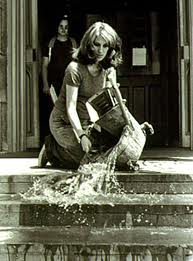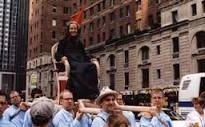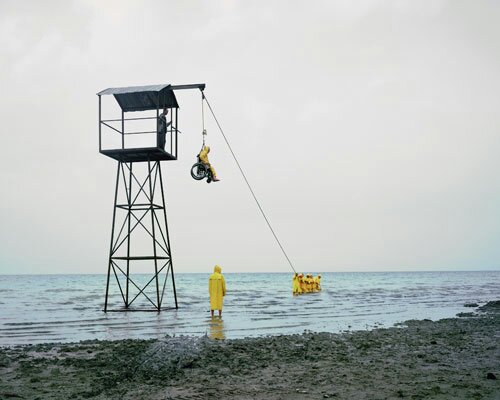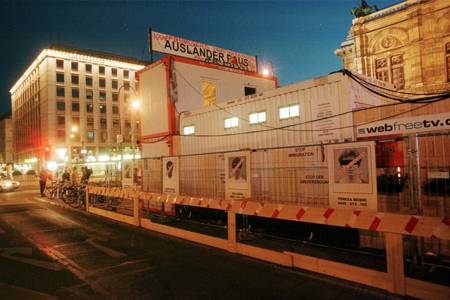The Trainee:
http://www.pilvitakala.com/thetrainee01.html
“The Trainee has been produced in a collaboration with Deloitte and Kiasma Museum of Contemporary Art. In order to realize the project, the artist was working for a month as a trainee “Johanna Takala” in the marketing departement of Deloitte where only few people knew the true nature of the project.
During the month long intervention an initially normal-seeming marketing trainee starts to apply peculiar working methods. Gradually she shifts from the position of someone others believe normal to the object of avoidance and speculation. The videos and slideshow reveal a spectrum of ways of looking after the odd member in a group. Sincere interest and bewildered amusement is juxtaposed with demands directed at the superior regarding the strangely behaving worker.
We see the trainee sitting at her workstation in the consults’ open plan office space or in the tax department library all day doing nothing. One of the videos shows her spending an entire day in an elevator. These acts or rather the absence of visible action slowly make the atmosphere around the trainee unbearable and force the colleagues to search for solutions and come up with explanations for the situation.
Masking laziness in apparent activity and browsing Facebook during working hours belong to the acceptable behavioural patterns of a work community. However, sitting in front of an empty desk with your hands of your lap, thinking, threatens the peace of the community and breaks the colleagues’ concentration. When there is no ready method of action, people initially resort to avoidance, which fails to set their mind at ease when the situation drags on.
What provokes people in non-doing alongside strangeness is the element of resistance. The non-doing person isn’t committed to any activity, so they have the potential for anything. It is non-doing that lacks a place in the general order of things, and thus it is a threat to order. It is easy to root out any on-going anti-order activity, but the potential for anything is a continual stimulus without a solution.”
Event in Garnet Hill:
Click to access event%20on%20garnethill.pdf
2005
A harcover book
32 pages in colour
size A5
200 copies
Published by Pilvi Takala and Finnish Academy of Fine Arts
Event on Garnethill is based on a performance in January 2004 in Glasgow, where the artists dressed up in a catholic school uniform and spent time on the streets among the school kids.
Distributed in British public libraries, covering all libraries in Glasgow. Some copies are in Finnish libraries and private collections.
Above from the website: http://www.pilvitakala.com/index2.html










